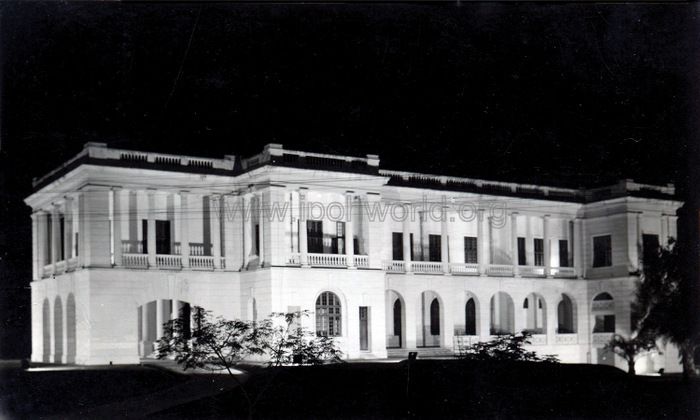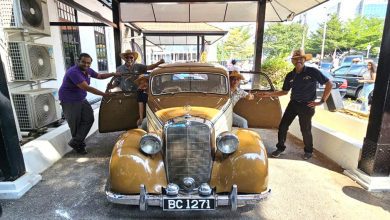Nostalgia: Architecture of the Night


By Ian Anderson
Architecture of the night or nocturnal architecture is a fancy term for floodlighting buildings to show off their architectural niceties or to take part in an important occasion. The technique of illuminating the night is not new, as sporting events in the Western world have enjoyed the facility since the first quarter of the 19th century. Indeed, our own Ipoh Stadium has been ‘up with the hunt’, with its own lights, that turned night into day, for many years, the latest upgrade being in 2013. However, floodlit buildings, to mark special occasions, did not really take hold until around 1930. Since then successive European and British governments have embraced the art on a regular basis.


Ipoh Town Hall 1937
Thus, it is no surprise that the British Colonial Government in Malaya followed the same pattern as their masters in London and in 1937, lit-up several public buildings in Ipoh, including the Ipoh Town Hall. The occasion for this extravagance was the coronation of King George VI and Elizabeth Bowes-Lyon as “King and Queen of the United Kingdom and the Dominions of the British Commonwealth and as Emperor and Empress of India”. The ceremony took place at Westminster Abbey, London, on May 12, 1937.


JWW Birch Memorial Clock Tower 1953
We have no record of any further night illumination of Ipoh (apart from the stadium), until 1953, which marked the occasion of the coronation of Queen Elizabeth II, again in Westminster Abbey, on June 2, 1953. Her Majesty was 25 years old. During the service, she took an oath, was anointed with holy oil, invested with robes and regalia, and crowned Queen of the United Kingdom, Canada, Australia, New Zealand, South Africa, Pakistan and Ceylon (The Dominions). Four Sultans represented the Federation of Malaya at the service; the rulers were from Johor, Perak, Selangor and Kelantan. Ipoh marked the special event in far-away London by again illuminating public buildings. Several major banks like The Chartered Bank and The Hongkong and Shanghai Bank, together with other commercial buildings joined in the festivities and for a month or so Ipoh was a blaze of light, the likes of which had never been seen before!


Hongkong & Shanghai Bank 1953
But the story does not end there, for just around the corner was Merdeka, where those same buildings again switched on their lights to celebrate the lowering of the Union Jack and the raising of the new Malayan flag. For the new nation, there could not have been a more fitting occasion than this to fill the town with light, to celebrate their life independent of British rule.
Merdeka was 62 years ago and yet, apart from the old single-screen cinemas, which announced their existence with a myriad of lights, until they were forced into redundancy by the mighty Multiplexes, there have been no more occasions where our city has practised the architecture of the night. Sure, there are still small pockets of light around our city at night, but nothing to compare with the floodlit brilliance and splendour of those special occasions that the older generation can still remember as if it was only yesterday.


